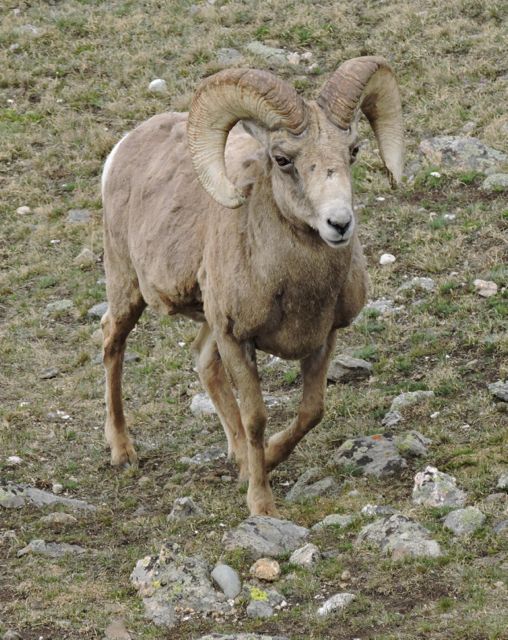We are graduate students from the Nicholas School of the Environment at Duke University working this summer as E.O. Wilson Biodiversity Foundation interns, as part of the ATBI/BioBlitz SWAT Team and Group Masters Project. Our work is supported by a partnership with Discover Life in America, Rocky Mountain National Park, and the Turner Endangered Species Fund. This summer we will be identifying gaps in the current species database at Rocky Mountain National Park. From our experiences we ultimately hope to develop a story that inspires action to preserve biodiversity in our national parks and natural spaces.
ATBI/BioBlitz SWAT Team: Week 3 in Rocky Mountain National Park
This week we continued to think critically about systems theories. When talking about environmental systems, it is especially important to think about what came before and what will come after. Everything we see around us is there for a reason, from the huge Ponderosa Pine to the tiny microbes that are in the soil. This week we tried to apply this sort of thinking to all of our tasks.
We started out the week with Back Country training. In a 4-hour workshop, we received training on the use of a compass, map, and GPS unit. There are many procedures put in place, all for the safety of park employees and visitors when they are traveling in the backcountry. In order for a large park like RMNP to function properly, safety policies and practices must be followed. We learned that open communication with supervisors and dispatch must be in place before, during, and after the traveling to ensure safety.
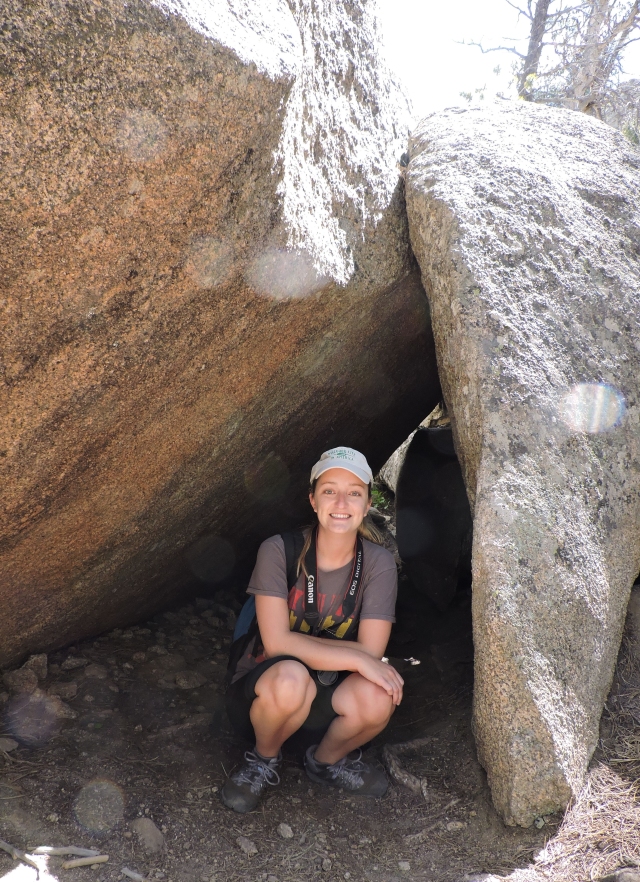

As a group, we are searching for species lists that are results from studies carried on in Rocky Mountain National Park. Adding to the current records on the database, NPSpecies List, is our first attempt to identify where the research gaps are. On Tuesday we met with the data managers of the NPSpecies to optimize our process to update the species list, learn the protocols, and open up communication lines for future work.
It was an early morning on Wednesday, but that is the birding life! At 6 am, we met up with two park researchers from the Rocky Mountain Bird Observatory, Jason and Greg, to help out with their study on the Western Tanager. This research aims to track the bird’s migratory routes by putting a data logger on its back, which records the light intensity and can tell where the bird has been. We journeyed to Hollowell Park where the tanagers had nested and been recruited last year. Jason and Greg relied mainly on their hearing to identify the birds nearby. There were calls from a variety of birds all around us and they were able to identify them all. We saw about 11 nesting tanager pairs throughout the day, thanks to Jason and Greg’s help. A peek through our binoculars in the right direction opened up a whole new world of wildlife wonders.
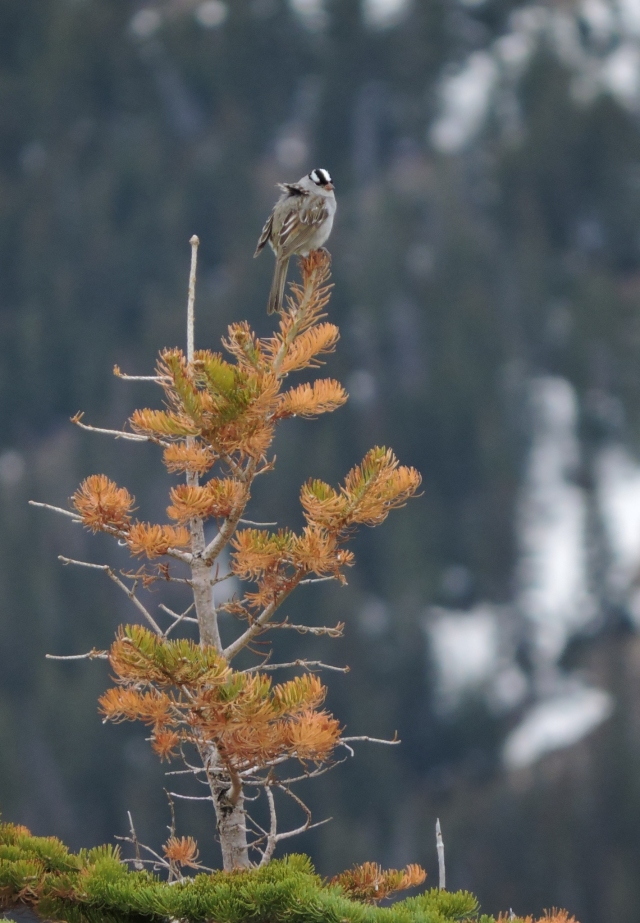

As we continue our journey at the Rockies, it is exciting to see how highly valued each park employee is. We attended the weekly Division of Resource Stewardship Roundtable with the topic “Business of Me.” We learned that it is vital to focus on a vision and develop techniques to achieve it. Passion, perseverance, and a commitment to learning change daily routine into extraordinary creativity. Below is a picture of Ben Bobowski discussing strategies on how to look at a problem in many different ways. These sessions each week expose us to other projects being hosted by other departments. It is inspiring to work alongside such passionate people.
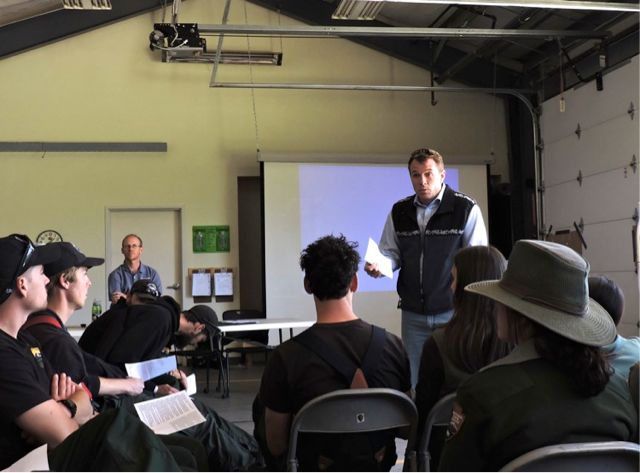

Friday morning was spent with Scott, an ecologist with RMNP. We went on a hike to Bridal Veil Falls and he gave us the rundown on planning field research, systems thinking, and filling in research gaps. It was invaluable to brainstorm with an insightful mentor such as Scott. Below is a picture of Scott and Jianyu, as we were taking our time along the trail.
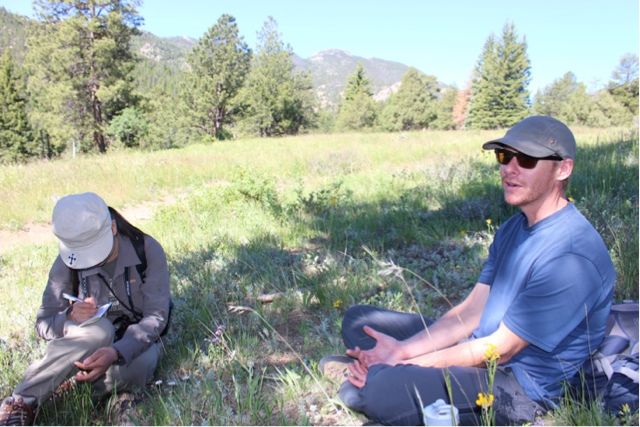

Rocky Mountain National Park contains incredible ecosystems that are home to diverse bird communities, even up in the tundra. On Saturday’s Solstice Birding Count, 13 different routes covered various birds’ habitats. The data gathered that day would inform the park about the bird variety and population to compare from year to year. Our route started from Medicine Bow Curve above the tree line on Trail Ridge Road, the highest continuous byway in the US. Fortunately, we not only spotted our target birds, flying white-tailed ptarmigans, brown-capped rosy finches, rock wrens, but also feasted our eyes on bighorn sheep, pikas, marmots, and numerous elk yearlings. We had to run back to the car for refuge when the wind started to pick up and the snow started to fall. We were happy we set off so early in the morning; it provided us with a full day of wildlife viewing before the storm!
—Sahil Chaini, Zhenzhen Chen, Casey Johnson, and Jianyu Wu
